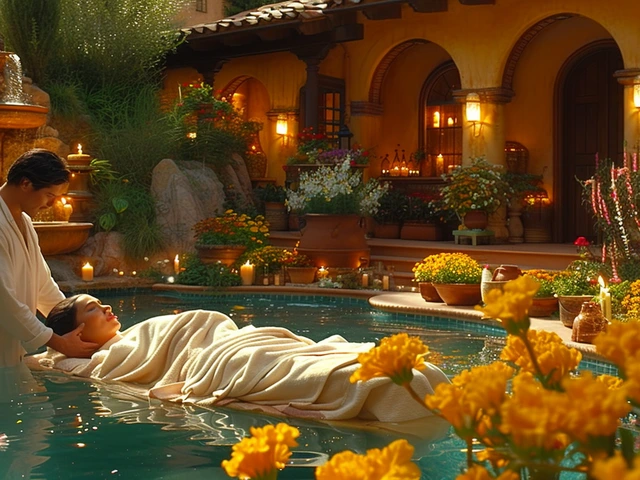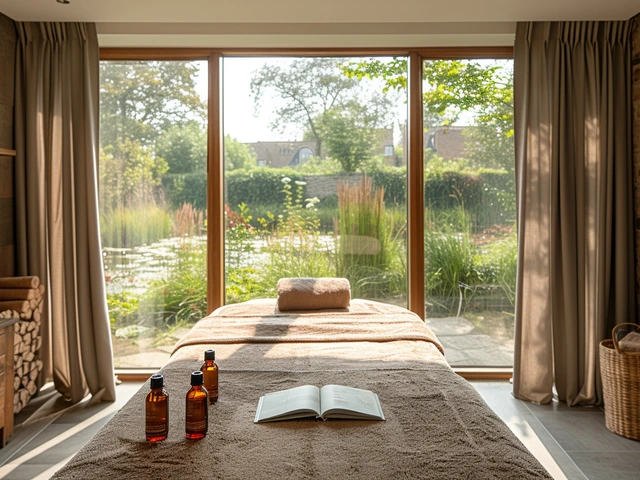Unlocking the Power of Esalen: Soulful Retreats for True Wellness
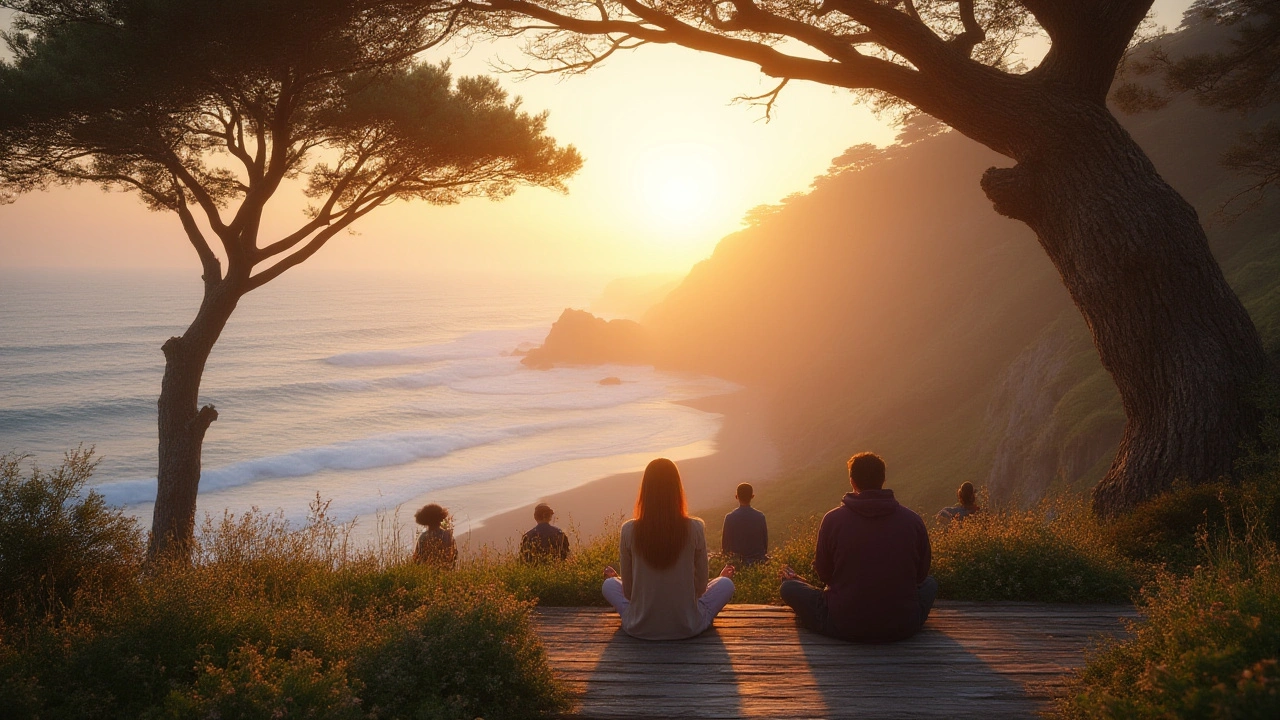
At the edge of ragged cliffs and rolling surf, where mountains crash into the Pacific Ocean, people come to Esalen for something more than just a getaway. Born out of 1960s counterculture, this California retreat has quietly shaped everything from mindfulness workshops to how Americans think about healing. Esalen isn’t slick or pretentious—there’s mud, legendary hot springs, and a wild energy drawing seekers from every corner of the world. With over six decades under its belt, even hardened city dwellers end up barefoot and awestruck at the view. Ever heard of emotional release in a yurt? Or watched the sun drop into a fog bank while soaking with strangers-turned-friends? That’s just a Tuesday at Esalen.
History & The Spirit of Esalen
Esalen started back in 1962 when Michael Murphy and Dick Price decided America needed more soulful healing spots. Inspired by the human potential movement, they blended meditation, philosophy, and encounters with legendary thinkers like Aldous Huxley and Joseph Campbell. From the start, Esalen loved breaking rules. The property itself has been a magnet for transformation for thousands of years. Long before there was a retreat, the Esselen tribe came here to soak in the hot springs and heal their bodies. A bit later, Spanish explorers and eccentric pioneers followed suit, often leaving with wilder ideas than when they arrived.
By the hippie era, Esalen had become ground zero for anyone who needed more than just talk therapy. New Age? Sure, but not in the flaky way people might expect. Think less kimonos, more sweatpants and journal scribbles. The campus still hosts heavy hitters in science, poetry, yoga, and bodywork—plenty of Nobel Prize winners and Pulitzer folks have hung out here, searching for something deeper. It’s not just history either. The Esalen spirit is about breaking down what you think you know and mixing in a bit of chaos for good measure.
If you want a little proof of Esalen’s wide reach, take a look at mindfulness and meditation in America. Way before these became billion-dollar wellness trends, Esalen was hosting workshops with Zen monks and psychedelic researchers. Bodies like the Esalen Institute’s Center for Theory & Research still shape top discussions around the science of consciousness. Of course, it’s not all heady debates. The best thinkers might be invisible at breakfast, helping themselves to kale and coffee just like everyone else.
What Esalen Offers: Programs, Activities, and Healing
The real heart of Esalen is its programming. If the idea of joining a ‘soul retrieval’ class next to a mindfulness bootcamp sounds odd, that unpredictability is part of the charm. Esalen is known for an insane variety of workshops—over 400 per year before 2020. They slowed things down after the pandemic, but there’s still a constant stream of classes in yoga, massage, psychology, writing, creativity, and ecological healing. Teachers come from around the world, many returning year after year because they’re hooked too.
Personal transformation works at its own pace here. There are structured workshops—intensive, multi-day courses deep-diving into one theme, like rewiring old trauma patterns or building resilience through movement. Then there are more casual ‘Experiential Weekends.’ You can dip into painting, dancing, or even ecstatic breathwork without any background except curiosity. The Esalen Massage—famous for its long, integrating strokes and ocean rhythm—gets its own workshops, but you can also book a session in the classic cliff-side bathhouse.
People rave about the nightly hot springs. The baths, perched impossibly above the Pacific, stay open 24/7 for guests and have been declared “life-changing” so often it’s practically a requirement. Beyond the pools, there’s the Esalen farm and garden, which supplies most meals. Food isn’t hippy bland, either; expect meaningful, inventive dishes created by chefs who know their produce by name. Meals are always communal, and you’re just as likely to sit next to a neuroscientist as a barefoot poet.
- Popular workshops: Somatic Experiencing, The Art of Mindful Living, Creative Nonfiction, Sacred Sound Healing
- Bodywork therapies: Esalen Massage, Deep Tissue, Craniosacral, Thai Yoga Massage
- Nourishment: farm-to-table organic cuisine, fresh seafood, gluten-free and vegan options
Want more structure? Esalen also offers a residential Work Study program, which is actually pretty competitive to get into. Participants split time between chores, community work, and attending workshops. They credit it with a real shift—people leave with a kind of surf-rinsed confidence and new take on life.
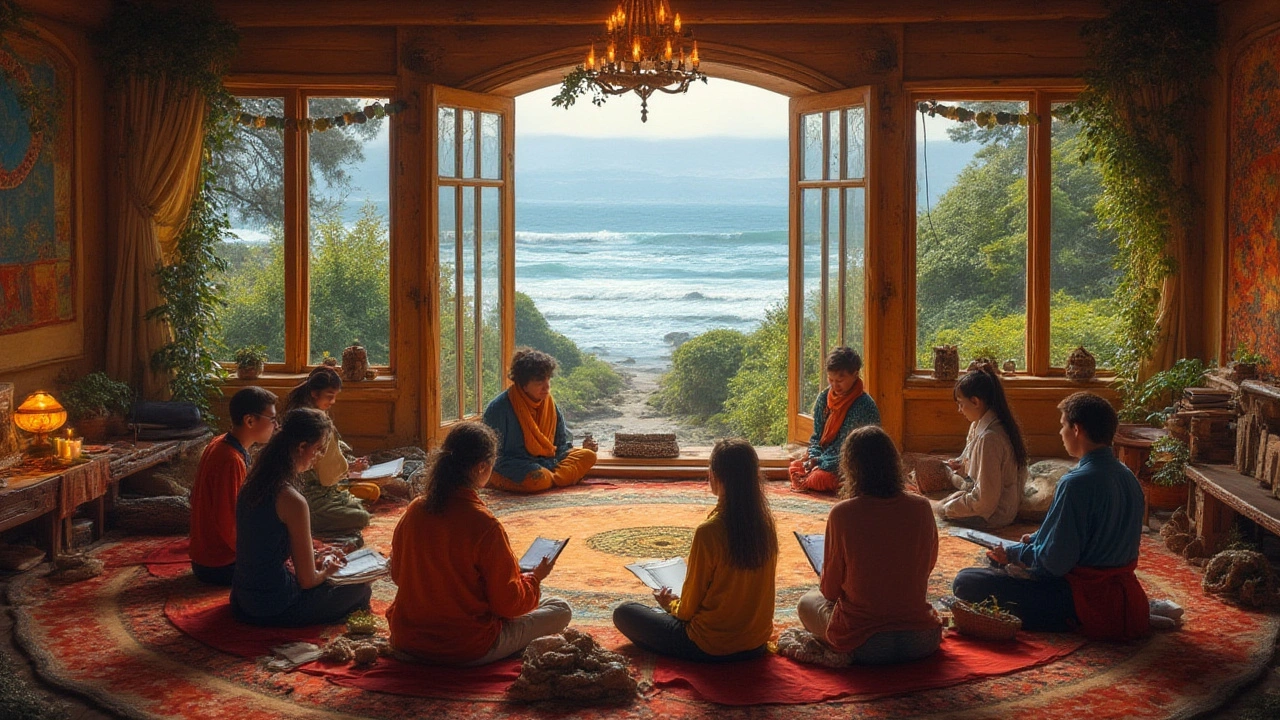
What to Expect at Esalen: Daily Life, Culture, and People
Esalen isn’t a luxury resort, and honestly, that’s the point. You’ll find cottages, yurts, and shared dorms rather than fancy suites. There’s no room service, but you’re never far from a pot of herbal tea or wild-picked flowers in a mason jar. Daily schedules get posted around the campus, but no one will judge you for taking an afternoon nap or wandering the gardens alone.
The crowd is wildly diverse. There’s no set ‘type’—you might room with a 70-year-old artist, or meet a Silicon Valley coder in the hot tubs. Some come to process grief, others want to reboot their creativity, and a few travelers drop in just to see what the fuss is about. There’s usually at least a handful of first-timers, looking equal parts skeptical and awestruck (often both within the same hour).
The rhythm is slow by design. Days start with meditation, yoga, or open walks. Workshops run mid-morning to late afternoon, with time for ocean-gazing or mud baths slipped in. Evenings are for shared meals, group circles, or live music by the fire pit. Every night, people drift back to the baths to soak under the stars. Phones are tucked away—there's barely any cell service anyway—and you might forget what time it is for the first time in years. The community vibe is gentle but strong; it’s normal to see folks hugging at the compost pile or laughing over board games till midnight.
Esalen is also big on self-expression and experimentation. Art is everywhere, and themed events (think: magical realism costume night or silent disco) pop up unannounced. There’s zero pressure—join in, or just watch as everyone else lets their guard down. It’s a kind of creative chaos that most visitors find addictive after a day or two.
The Science and Impact Behind Esalen Retreats
Sure, soaking in a hot spring with strangers sounds like pure relaxation, but there’s actual science behind what’s happening here. The Esalen approach has inspired loads of research into the effects of group retreats on mental and physical well-being. For example, a UCLA study in 2015 tracked how short-term immersive retreats lowered cortisol (the stress hormone) by up to 26% in just four days—about double the effect of regular vacations. That’s not a fluke: repeated surveys by Esalen’s own mental health team found workshop participants report a 45% improvement in clarity, motivation, and emotional energy. These outcomes align with broader research on ‘intentional communities’ driving long-term shifts in habits and attitudes.
Table: Retreat Benefits by Research
| Factor | Regular Vacation (%) | Esalen/Retreat Experience (%) |
|---|---|---|
| Reduction in Stress Hormones | 12 | 26 |
| Increase in Emotional Clarity | 21 | 45 |
| Improvement in Sleep Quality | 16 | 33 |
| Positive Social Connection | 24 | 58 |
It’s not just relaxation, either. Many programs are built on principles from somatic psychology, mindfulness meditation, and group dynamic theories. Esalen’s wellness retreat offerings blend evidence-based methods like breathwork, emotionally focused therapy, and creative expression with the unpredictable beauty of nature. Some visitors come specifically for ‘breakthrough’ moments or to kickstart changes they’ve struggled to launch back home.
Of course, this doesn’t mean Esalen is some magic fix. The transformation process has its own highs and lows—and visitors are encouraged to be real about wherever they’re at. But the impact is undeniable, especially for people who need space and a bit of gentle, communal challenge. You’ll hear the phrase “take what you need, leave the rest” more than once, and that freedom sets Esalen apart from preachy or dogmatic retreats.
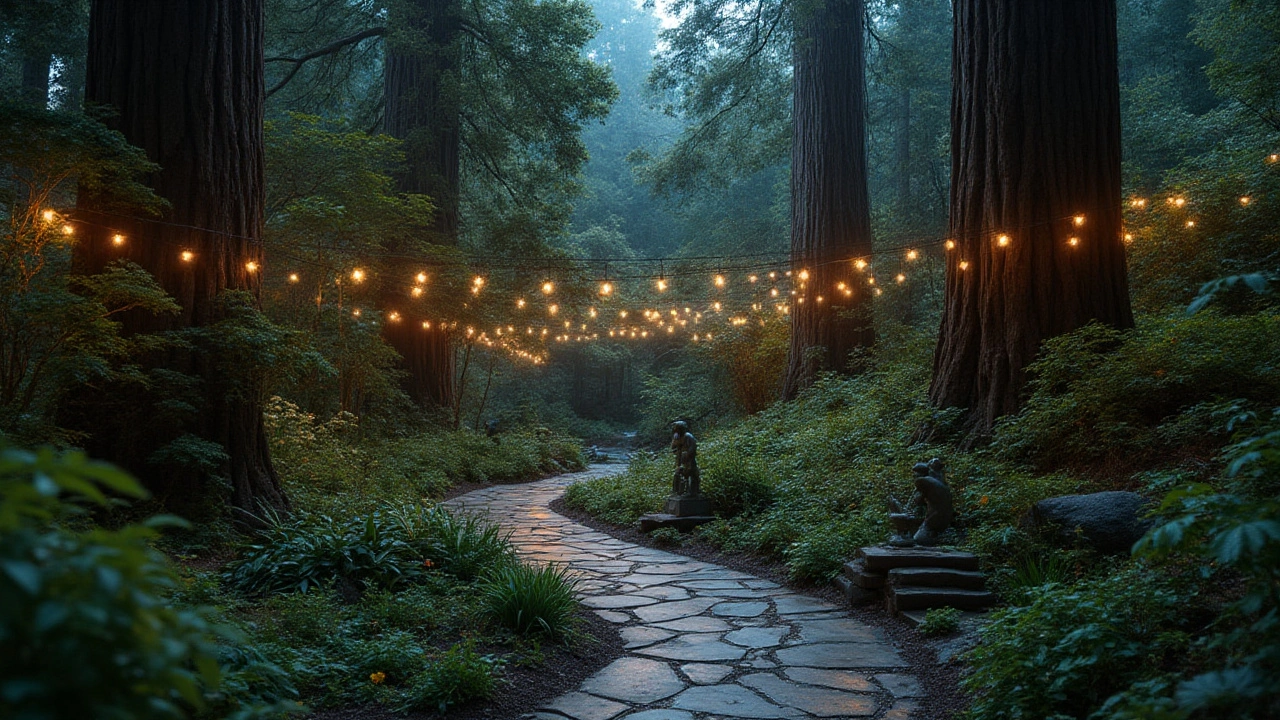
Tips for First-Timers: Making the Most of Your Esalen Experience
If you’re new to all this, Esalen can feel a little overwhelming. Here’s what to know before you show up.
- Pack light, but bring layers. Big Sur weather flips from foggy and cold to blazing sun in one afternoon. You’ll need comfy clothes for workshops, plus a swimsuit and sandals for the hot springs.
- Book early, especially if you want a private room—spots fill up months in advance, especially for headline teachers.
- Skip the screens. There’s barely any cell service, and WiFi is patchy by design. Bring a paper journal or sketchbook instead. Most visitors swear by this digital detox.
- Say yes to new things, but don’t overbook. It’s easy to get FOMO; the best moments often happen between workshops, talking with strangers or stargazing in silence.
- Be ready for the unexpected. Rain can shut down trails, fog can roll in, workshops sometimes take an emotional twist—just go with the flow.
- Respect quiet hours near the baths and gardens—a lot of folks come for deep rest or reflection.
- Try the garden tours or volunteer hours, even if you’re not a plant person. Working with your hands in the soil sets the tone for everything else.
One thing you’ll notice almost right away: nothing at Esalen feels forced. There’s a rare sense of trust in the process, and no two experiences will ever be the same. Some regulars carve out their own traditions—solitary sunrise swims, late-night conversations around the big oak tree, or daily visits with a favorite staff member. It’s a choose-your-own adventure for grownups, but with a whole lot of heart behind it. If you come open to the possibilities, you might just become one of those people who aims to return year after year—and honestly, no one would blame you.



